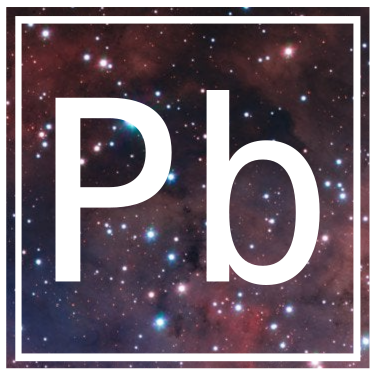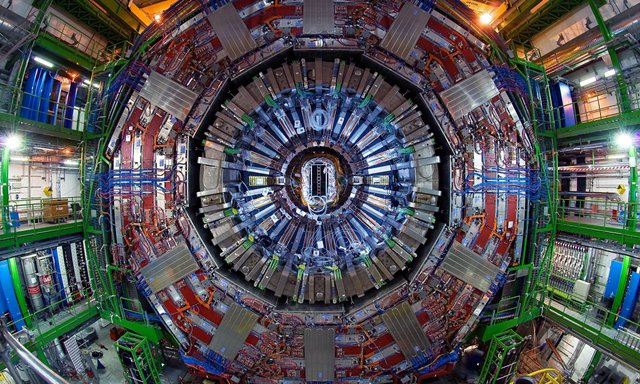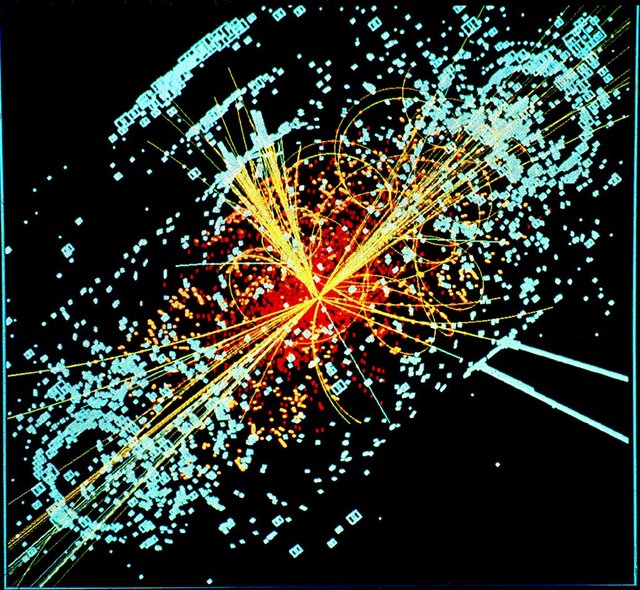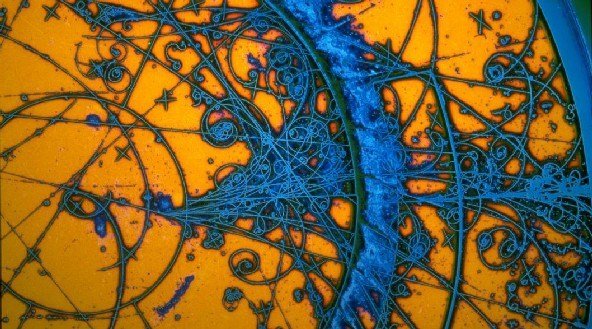
Project brief (Pb) is a segment of the Gridcoin Fireside where I will be talking about scientific projects apart of the BOINC network in simple terms.
Now this isn't a lesson on how to repair vacuum tube walls when Jerry misaligned the proton beams, it's a simple and super fun experience in learning about what's out there and what you could be supporting with just the click of a button!
Join me live with Jringo on the Gridcoin Fireside at July 26th 8:00pm EDT! (Check your timezone)
Who am I?
I'm Delta! An Australian programmer, technologist, blockchain and cryptocurrency expert, and self-proclaimed physicist.
I like to communicate things to people in the simplest way possible and teach people about the most interesting things that this universe has to offer.
You can find me on Discord where I hang out in the Gridcoin chat.
What's happening this Fireside?
On July 26th I will be opening the Fireside with a short explanation of the BOINC project LHC@home.
Have you ever pondered if the protons and neutrons you learned about in high-school were actually made up of something even smaller? Well, they are, and there are a whole load of different "fundamental particles" that make up reality as we know it, and scientists dedicate themselves to discovering more of them and seeing how they work. This is where LHC@home helps out.
What is LHC@home?
LHC stands for Large Hadron Collider, it looks like a big metal ring (above) and basically smashes really really small things together. The LHC is 27km (17mi) in circumference and is located at the France-Switzerland border.

You'd be surprised how much huge, expensive and power-hungry equipment is needed to work with such small particles. You need super-conducting electromagnets, vacuum tubes, electrical terminals running at hundreds of thousands of volts and so much more all repeated for 27km!
...and this is for working with particles a hundredth of a trillionth the size of a grain of rice.
The LHC accelerates these particles to ridiculous speeds, speeds so great that the particles actually start becoming really, really heavy. For scale, it's like sitting still on a theme park ride and all is fine, you weigh about 60kg (132lbs), but when the ride goes to full speed, you now weigh 47 tonnes (103617 lbs). But to be fair, you will be travelling around 0.99999999 times the speed of light!

These are the particles we are talking about. Now it would be nice to have images, but these things are smaller than atoms, so the best you'll get is a blip on a graph of some sort.
This is called the standard model of particle physics and lists all the fundamental particles. These are (supposedly) the only things that exist as particles in the universe. The seat you are sitting in, the coffee you are drinking and the earth we live on are all made out of atoms and the atoms are made of these fundamental particles.

When two protons in the LHC come together at those shocking speeds we talked about, they turn most of their energy into more particles. Now that might seem crazy, it's like saying "if you crash two cars at large enough speeds, you will make a new car out of thin air". But that "thin air" is actually a portion of the energy making the cars move.
These collisions can be quite pretty, check out the picture of the bubble chamber below. These are all the particles produced from a collision when it penetrates a chamber of pressurised liquid. This image was taken by a regular camera and is a very old way of seeing the results of a collision.

So where does your contribution as a volunteer scientist come in?
Well the beauty of these experiments is that they are highly mathematical, and maths is something computers do very well.
By using your computer to crunch LHC@home you can do a number of things from preventing expensive errors to simulating particle collisions in search of a new particle or phenomena!
Your computer runs through all the maths and gives researchers a good idea of what to look out for in experiments, what to test and how to calibrate the collider.
Interested in trying to find the next particle?
Don't have a good computer or want to donate your spare time?
Join Zooniverse, a site for volunteer science!
Solve puzzles and complete tasks that help real scientists solve real problems!
Congratulations @delta1512! You have completed the following achievement on the Steem blockchain and have been rewarded with new badge(s) :
You can view your badges on your Steem Board and compare to others on the Steem Ranking
If you no longer want to receive notifications, reply to this comment with the word
STOPTo support your work, I also upvoted your post!
Vote for @Steemitboard as a witness to get one more award and increased upvotes!
Downvoting a post can decrease pending rewards and make it less visible. Common reasons:
Submit